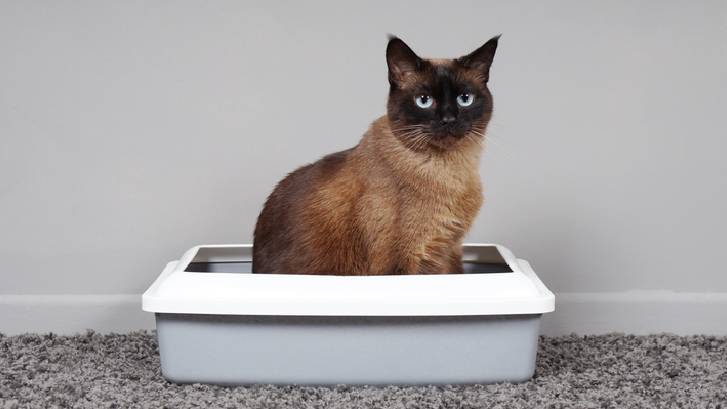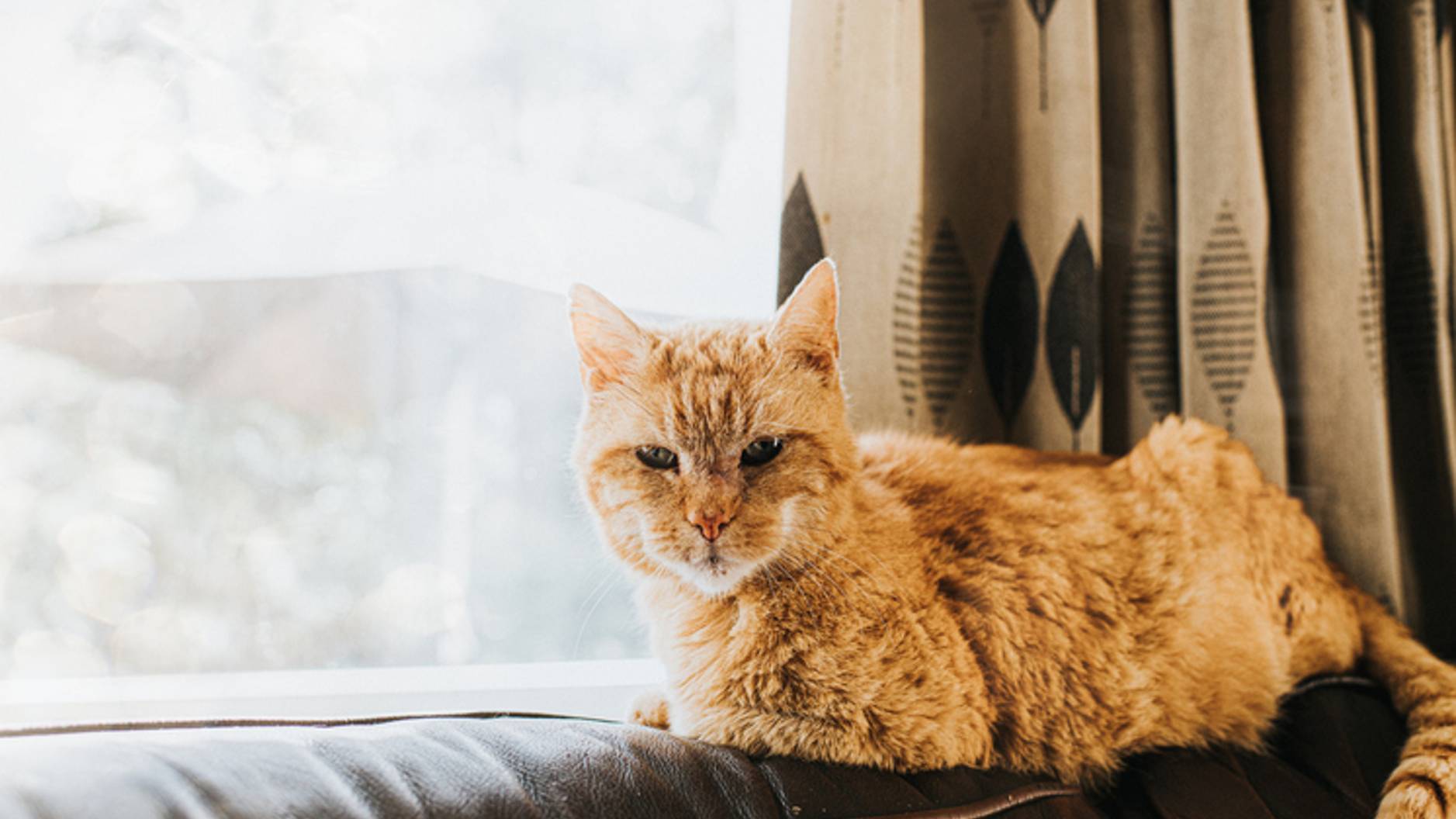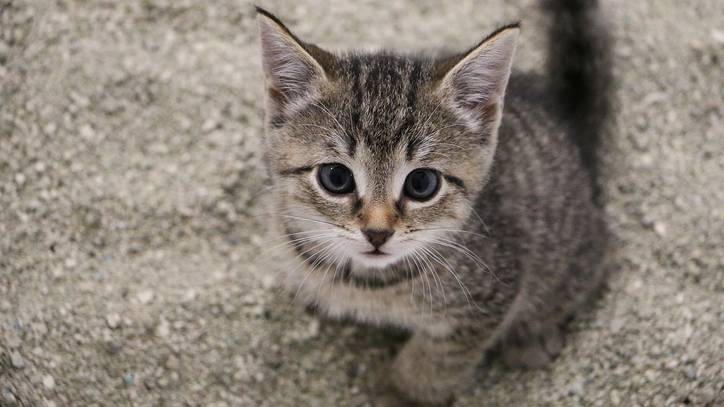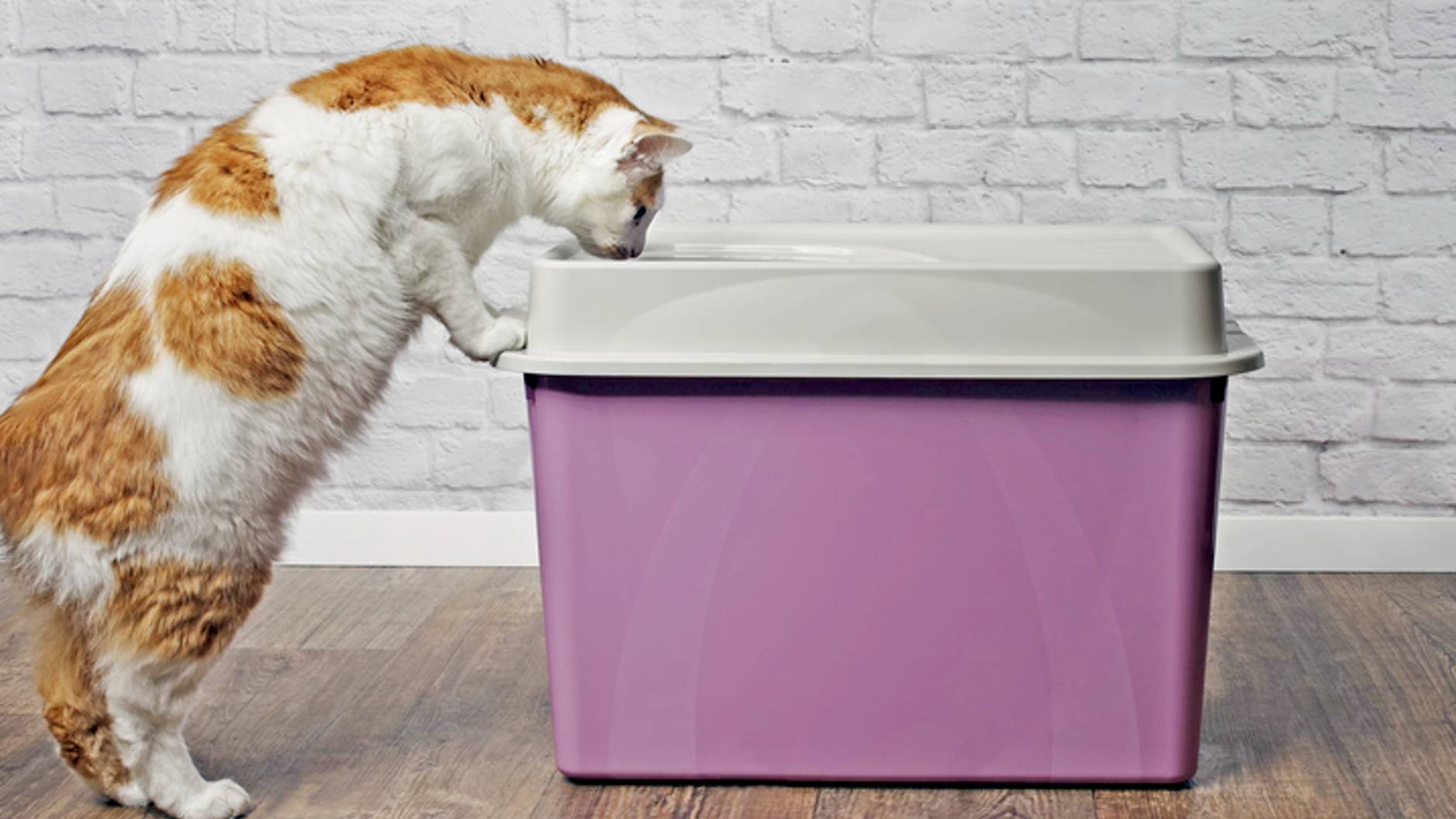How to retrain a cat to use the litter box
Litter box training can be challenging. How do you retrain an older cat to use the litter box?

It can be frustrating if your previously toilet-trained cat seems to have forgotten their training, so you might be wondering how to retrain a cat to use the litter box. Just like toddlers, every kitten is different when it comes to toilet training. Some pick it up very quickly, while others take a little longer to get the idea!
If you rescue a senior cat or take in a feral moggy, they might not be familiar with a litter box, but the good is that older cats can be litter box trained. There are also a number of reasons why cats can suddenly go on strike from using their litter boxes, which can be a little frustrating as well as messy. But how do you retrain a cat to use the litter box? Is it the same principle as for kittens, or are there other considerations?
What could cause a cat to stop using their litter box suddenly?
Occasionally, cats can suddenly stop using their litter box, which might lead you to think that they've somehow forgotten how to use one.
However, there are various reasons why cats can stop using their litter boxes including age, medical issues or sudden changes to routine.
Age
Some older cats suffer from senility, so it could be true that they've forgotten where to find the litter box. Some might also be unaware that they're not quite aiming in the right direction.

Medical issues
Firstly, they might pass urine around the house or even near their tray if they have a urinary tract infection. This is partially due to the cat's need to pass urine frequently and urgently, but it might also be related to a desire to withdraw for more privacy while feeling a bit poorly.
Arthritis can also cause cats to be unable to get into their tray, or make it painful for them, leading them to blame the litter tray and avoid it in the future.
Get the best advice, tips and top tech for your beloved Pets
Stress
Stress can also cause cats to pass urine or feces outside of their litter box. This might be due to other cats or a new baby in the home, a house move, or anything else that disrupts your kitty’s routine.

Why do some cats refuse to use a litter box?
If you adopt an adult cat, you might assume that they know their way around a litter box. However, that's not always the case. Cats who have previously been kept in a home with outside access may not have had the desire nor the necessity to use a litter box.
Equally, stray or feral cats will have been used to finding their own toileting area wherever they choose. So, for many cats, the litter box might be a distant or even a non-existent memory. It could also be that the cat has used a litter box before, but they are used to a different type of cat litter or litter box. After all, cats can be pretty fussy about these things!
How do you train an adult cat to use a litter box?
The principle of training an adult cat to use a litter box is not that different from litter-training a kitten. It does require patience, though, as there are many possible factors to consider.
The good news is that a cat's natural behaviour is to dig around before going to the toilet, and bury their waste afterwards. Therefore, if you provide an area for them to exhibit this behavior they should instinctively seek it.
However, if your furry friend needs a little encouragement, try giving them a tasty treat after each successful use of the litter box as positive reinforcement. It's important not to punish or scold them for any failed attempts, though, since this could cause stress. The best approach is to ignore any little accidents altogether.
Before you leap into training, it's a good idea to work through the following steps to make sure that you've not missed anything:
1. Check the cat litter
Your cat might prefer a certain type of cat litter. Try different options to see if they are partial to clumping, non-clumping, clay, gravel, or wood.
2. Consider litter box style
Just like litter, cats might have a liking for a particular kind of litter box. For example, some might like a covered litter tray with a door, while others might feel restricted by a roof!
3. Deepen the layer of litter
It’s always worth questioning whether your fussy feline might want a deeper layer of litter. If you’re being a bit stingy with the cat litter, this could be a cause of your cat’s reluctance to use the litter box.

5. Keep the litter box clean
We all know that cats are very clean animals, and they’re also very sensitive. Many cats won’t use a litter tray unless it is perfectly immaculate.
6. Avoid smelly chemicals
Despite wanting a clean tray, some cats are put off using their litter boxes by strong smelling disinfectants.
7. Consider litter box location
We all want privacy when we go to the toilet, and cats are no different. It’s worth placing litter boxes in quiet areas of the home where there’s minimal footfall. Don’t be afraid to try a few different places to see which your cat prefers.
8. Increase number of litter boxes
Cats like choice, and they don’t like to share. So, always follow the rule of having one more litter box than the number of cats you have.

What to try next
If your cat used to use a litter box but has recently stopped, it might not be sufficient just to run through the list above.
You may need to get your cat checked over by a vet to ensure they're not suffering from cystitis or a urinary tract infection. The vet can also give you advice on whether stress might be the cause of your cat’s sudden change in behavior. If they think that stress could be contributing, they could recommend calming diffusers or sprays as well as anti-anxiety medications.
So, is it possible to retrain a cat to use a litter box?
With some patience and understanding, it’s very possible to retrain your cat to use a litter box. Cats are very clean animals and like to be able to bury their poop. Once factors like infections and stress are ruled out, you should be able to find the right litter box combination for your furry family member.
Dr Hannah Godfrey is a small animal vet who graduated from the Royal Veterinary College in 2011 and began work straight away at a busy mixed practice. Initially, she treated all species, but focussed on small animals from 2014. She has a passion for soft tissue surgery, ultrasound, and canine and feline dentistry, having completed additional training in these areas.

